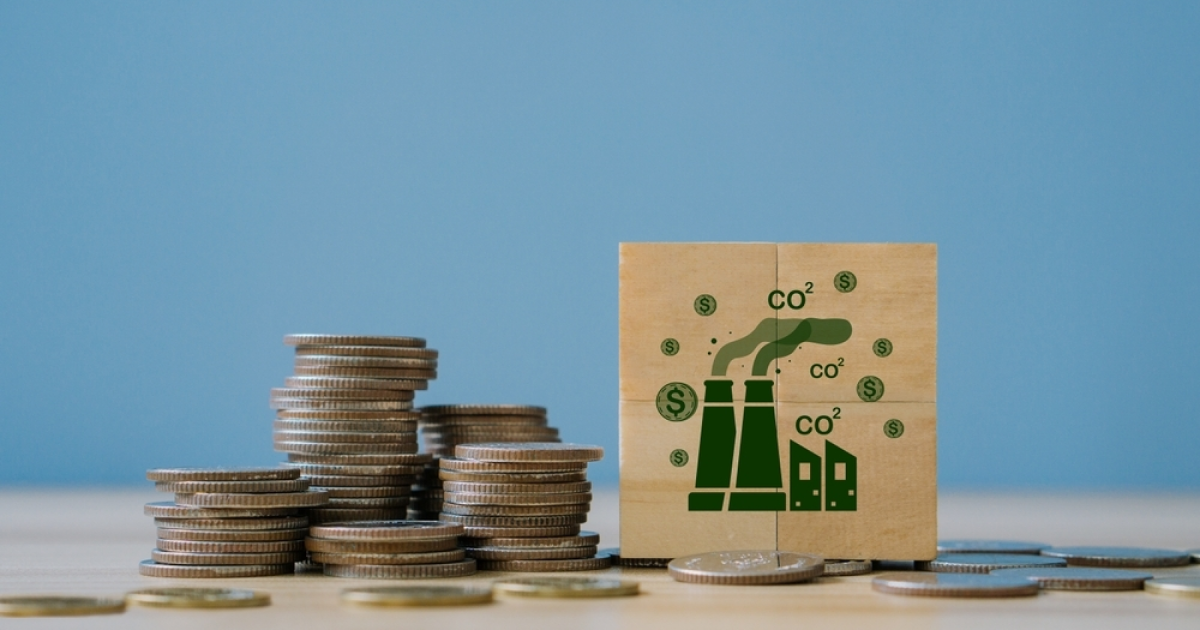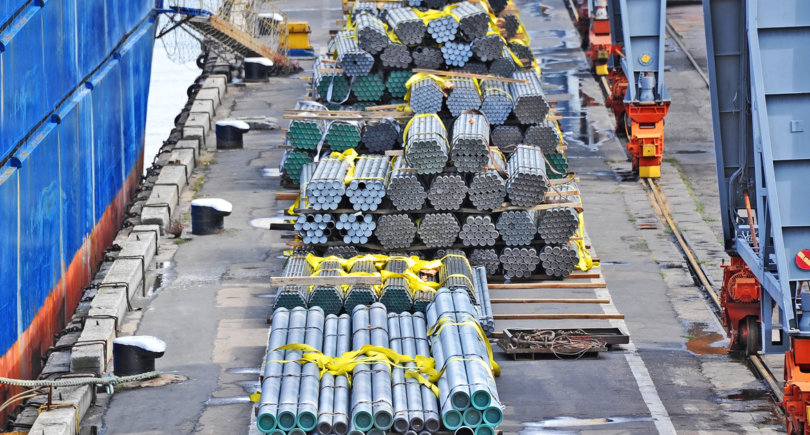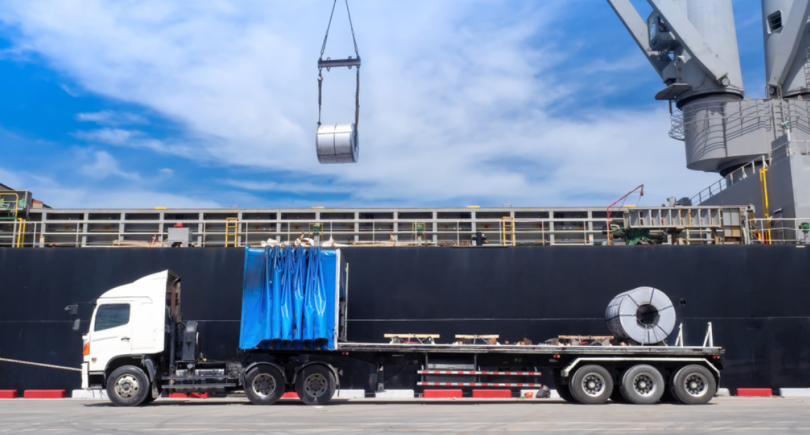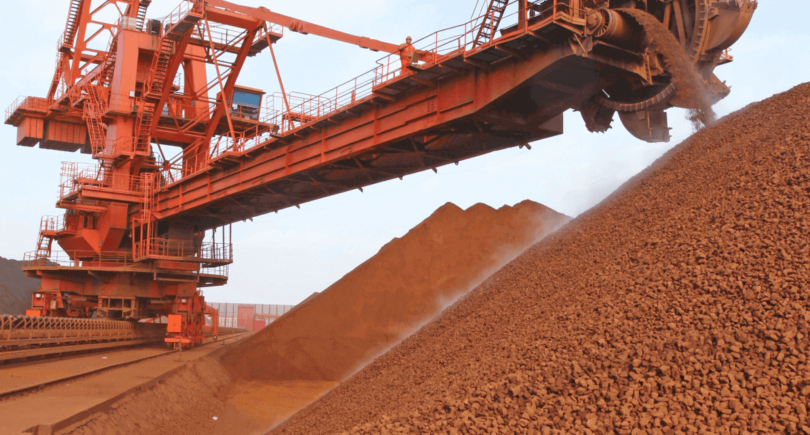
News Global Market China 983 05 December 2023
China is resisting Europe's CBAM, which could affect broader issues
In addition to disagreements over carbon policy coordination, the EU also faced Chinese opposition to the CBAM at the UN Climate Change Conference in Dubai. This was reported by S&P Global.
These disagreements could affect negotiations on broader issues, such as the Global Status Review (GST), which assesses countries’ collective progress in implementing the Paris Agreement.
China has committed to peak carbon emissions by 2030 and carbon neutrality by 2060. China is under pressure to achieve the first goal before 2030. However, the Chinese government remains cautious about revising the nationally determined contribution, arguing that economic development is also important to them.
In particular, Kurt Vandenberge, Director-General for Climate Action of the European Commission, said, that the EU hopes that China’s domestic voluntary carbon market (CCER) will maintain high standards of integrity, real and substantial emission reductions.
The Chinese CCER scheme is designed to work in tandem with the national ETS (Emissions Trading System). This is a program where projects that reduce or capture carbon emissions can receive matching credits. Companies have the option to use CCERs to offset 5% of their annual emission reduction commitments.
The climate conference also raised criticism of some aspects of the scheme’s credit generation and the potential for double counting of climate mitigation outcomes.
Sun Zhen, deputy director general of the Climate Change Department of the Ministry of Ecology and Environment of China, noted that CCER is not a tool for green camouflage and also criticized CBAM.
He stated that China will set its climate goals based on its own pace of technological and economic development.
Sun Zheng noted that the country has established a reliable data, monitoring and verification system, as well as a legal framework that ensures a high level of integrity of the country’s voluntary and mandatory carbon markets.
«I’m sorry, but if the EU wants to be a world leader using policies like CBAM, it’s just the wrong way,» he noted.
According to S&P Global, from 2026 to 2040, China will export 868.94 million tons of goods subject to the CBAM, 42% of which are steel products and 6% are aluminum. On December 1, Platts estimated EU quotas for December 2023 at €72.49/t ($78.89) of CO2 equivalent. At the same time, the price of emissions in China on November 24, according to the Shanghai Environment and Energy Exchange, amounted to 71.84 yuan per ton ($10.1).
As GMK Center reported earlier, Chinese steelmakers consider CBAM to be a new trade barrier for Chinese exports. In particular, the Chinese Metallurgical Industry Association noted that the mechanism does not take into account the difference in the stages of development of different countries.




